Decorating homes safely is crucial for homeowners. Home decor is meant to make a home more comfortable and inviting, not dangerous. However, there are some dangerous home trends that can threaten the safety of you and your family.
Unfortunately, many homeowners are unaware of the dangers some of these home trends present. Worse, some homeowners may believe certain trends can make their homes safer. While home insurance may be able to provide some protection, these insurance policies typically do not cover features that are not up to code or general wear and tear.
Fortunately, there are steps you can take and dangerous home trends you can avoid to make your home safer for you and your family. Here are some of the most frequent dangerous home design trends.
Open staircases are a newer design trend. In these fixtures, the treads between each step remain open rather than closed. Instead of each step being connected, there’s a gap between each one.
Many homeowners want to have open staircases for their aesthetic appeal and because they add more light and space to a room. However, there are also dangers of open staircases to consider. An open staircase can present a risk to young children in particular. To keep an open staircase safe, address slipping, weight and fall-through concerns.
Slipping while walking up or down the stairs is a concern for many homeowners. In the case of a fall, a person should be able to easily grab the railing. A railing that is too large can be difficult to grasp onto, while a railing that is too small may not give a person enough surface to hold onto.
While a railing is sufficient for aiding most people in taking the stairs, you can also add a metal insert into the tread if you are concerned about slipping. Metal can create more friction on stairs than finished wood, so you are less likely to slip. For even greater grip, you can put grip tape on the front of your tread.
Another concern for homeowners with open staircases is the weight limit. On top of being aesthetically pleasing, an open staircase needs to be functional as well. A staircase should be capable of supporting multiple people’s weight at once for decades. Without the additional structural support, an open staircase might be unable to safely manage people’s weight.
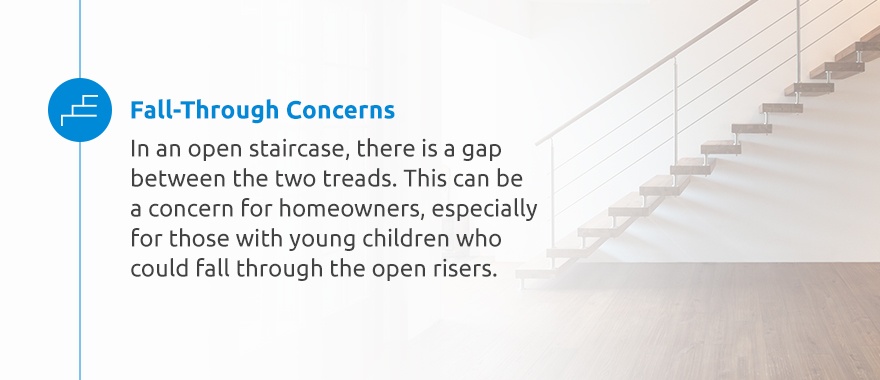
The stair gaps in an open staircase can also be a concern for homeowners, especially for those with young children who could fall through the open risers. Additionally, if the gap between railings and treads is too large, young children can get their heads stuck and suffocate.
If you are worried about the gap between treads, you can add material at the top of every step or close in the riser to make the gap smaller to reduce the risk of anyone falling through or getting stuck in the gaps.
Staircase code violations are especially dangerous for young children and the elderly. Even if you do not have an elderly person or a young child living with you, you may still want to exercise caution when you move into a home with an open staircase and address this issue as soon as possible.
If you are considering purchasing a home with a staircase that is not up to code, you may want to request that the seller fixes the staircase. You may also be able to negotiate a lower price to account for what fixing the staircase will cost you.
Another one of the dangerous decor trends is floating shelves. While a floating shelf can be safe if used properly, they are often overloaded with weight and can quickly become dangerous. To ensure your floating shelves are secure, you should know how much weight you will place on the shelf. When you determine how much weight the shelf will bear, you can calculate the exact dimensions needed for the shelf to support that weight.
The deeper your shelf is, the less weight it can hold. To address this issue, you can make the bracket of your floating shelf stronger. Additionally, try to limit the shelf’s depth to be just deep enough to meet your needs. Going deeper than necessary will cause your shelf to lose weight capacity.
To make your bracket stronger and floating shelf safe, you can add more rods that can increase the weight capacity of your shelf. Your shelf’s weakest attachment point will impact the shelf’s potential strength. A shelf can hold more weight when it is secured to something solid, such as a block or studs. You can include additional screws and attach the entire length of the shelf to something solid to prevent sagging and flexing.
Another one of the potential home safety hazards is exposed plumbing and pipework. Interior designers are increasingly embracing exposed pipework for the design value, the ease of maintenance and the increased thermal comfort. A homeowner might like the way exposed plumbing and pipework looks, and they may also enjoy that the exposed pipes are able to disperse heat directly into a room rather than in a wall.
Though exposed pipework can be fun or aesthetically interesting decor, it can also pose some risks. The greatest risk of exposed plumbing and pipework is damage. Accidental scrapes and knocks against exposed pipework can quickly create issues in a home.
Many also choose to have exposed plumbing and pipework in the home to make access for maintenance easier. However, this should not be a deciding factor over having concealed pipework. Today, duct systems have removable panels that allow swift, easy access.
When you choose to have exposed pipework in your home, it is essential to ensure there is adequate clearance between the wall and the pipes so you can effectively clean them.
Among bad interior design trends is the open floor plan. Many are drawn to an open floor plan because it can eliminate hallways and make rooms feel bigger. Open floor plans tend to involve a combination of the living room, kitchen and dining room.
An open floor plan allows:
However, before you choose or design a home with an open floor, it is important to consider the dangers and disadvantages. Are open floor plans safe? For children, open floor plans can be dangerous. Children can be more exposed to kitchen hazards like appliances, hot pans and scalding water.
Worse, open floor plans can actually be home fire hazards. Even a small fire can spread out of control more quickly in a home with an open floor plan than in a traditional home, as there are fewer walls for the fire to burn through. Open floor plans are also frequently accompanied by elevated ceilings. A higher ceiling can lead to a fire spiraling out of control even faster due to the increased airflow.
Consider choosing a traditional layout to avoid these risks.
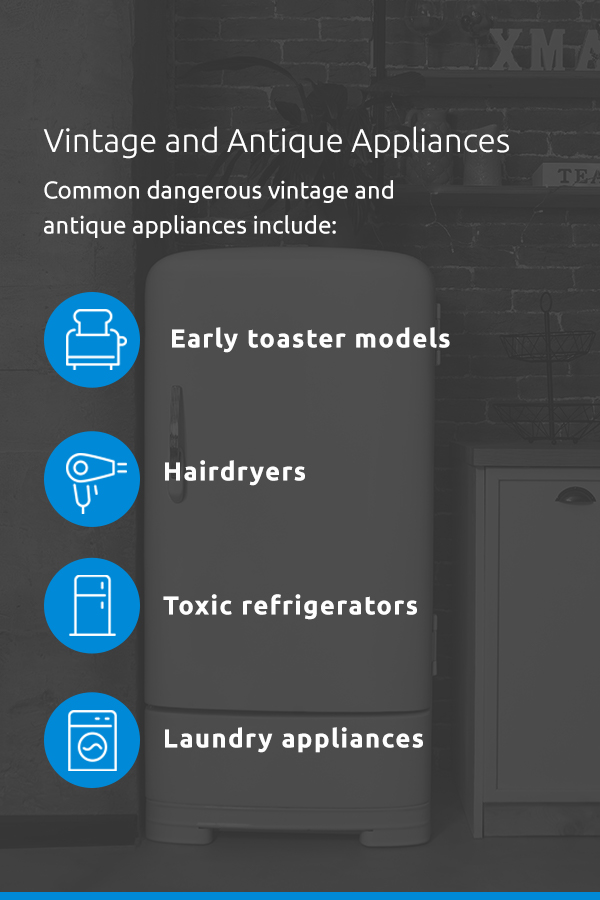
Vintage and antique appliances are another one of the decorating trends to avoid. Many homeowners choose vintage and antique appliances because they want an old-fashioned appliance that can bring something extra to the room. Others abide by the mindset that if something is not broken, then there is no need to replace it, regardless of how old the appliance is.
While you may believe your antique refrigerator, stove, toaster or blender adds a retro appeal to your home, these appliances can present a danger to your property. Common dangerous vintage and antique appliances include:
To keep your home and your family safe, replace your vintage and antique appliances with updated, modern versions.
Many homebuyers find exposed brick to be a charming, aesthetically appealing feature of a home. However, exposed brick can present many risks to your home. While many view brick as similar to concrete or stone, the reality is that, while exposed brick is sturdy, it is also porous. This means exposed brick absorbs dirt and moisture.
Dust and dirt can quickly build up in a brick wall from passing vehicles and particles in the air. These tiny particles can get into your home, leaving black dust on your door hinges, wood trim and fan blades.
Moisture can get into your home in the same way. This can lead to the exposed brick breaking down faster and result in bugs like spiders and centipedes entering your home. In the winter, your home can also become very cold due to the exposed brick, particularly when the brick does not get direct sunlight.
If you have exposed brick in your home, you may need to repair the crumbling mortar or seal the interior exposed brick. Caulk guns can be used for bigger cracks and holes. Sealing your exposed brick can help with moisture, though this process requires quite a bit of time, acrylic sealer and ventilation. For many, exposed brick is simply not worth the risks or the effort.
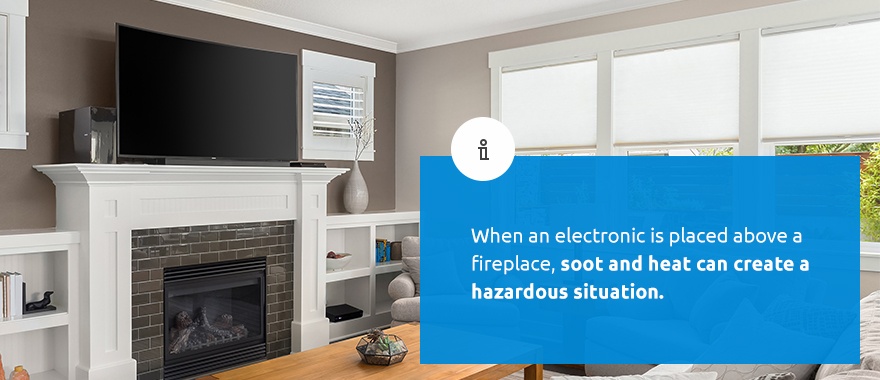
While it can look cool, electronics placed above the fireplace is a common example of home decor fire hazards. Typically, these electronics are televisions. When an electronic is placed above a fireplace, soot and heat can create a hazardous situation.
Placing an electronic over an open hearth is always a gamble. Even if you put the electronic on the mantle directly, the weight of the television can be risky. Beyond the risk to other parts of your home, the warranty on your television may be voided due to its proximity to the heat. Review your warranty before you consider putting an electronic above a fireplace in your home.
Additionally, mounting a TV too high can cause neck strain. Watching your television frequently when it is mounted too high can lead to chronic chiropractic problems. Ultimately, this dangerous home decor trend is high risk and low reward.
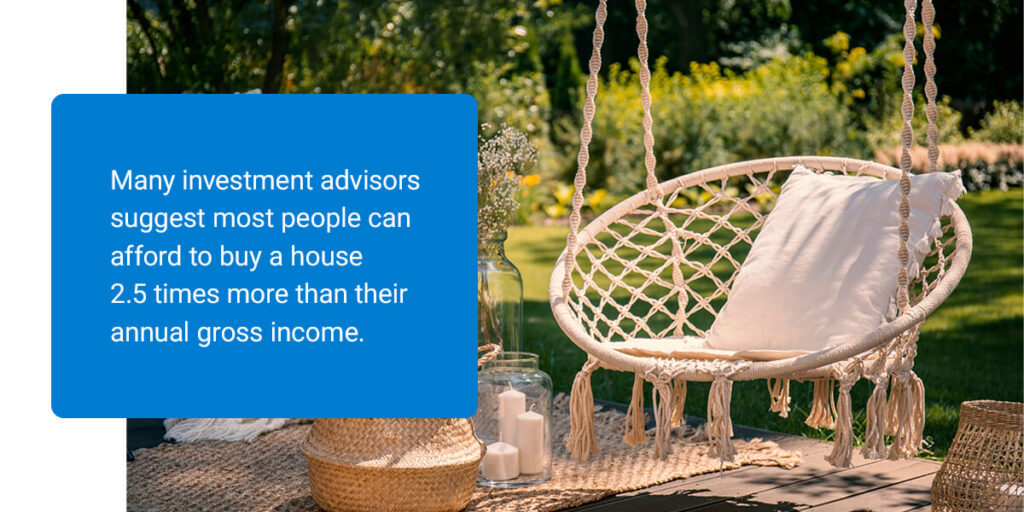
Seating trends in home decor like hammocks may come with risks. These seating options are often popular for aesthetic reasons, but they can present hazards for your house.
Hammocks are often pictured in idyllic scenes of relaxing outside in the yard or the beach. However, hammocks have the risk of injury to those who may fall from them. They also present the danger of getting stuck in the netting. Because they pose a high risk to public safety, hammocks have even been banned on several college campuses and in multiple cities in recent years.
Two factors typically dictate a hammock’s safety:
If you want to use a hammock as seating on your property, it should be anchored to a structural post or wall properly. Keep your hammock low and far from hazards like railings or staircases. If you plan on using your hammock outside, ensure it is also installed properly and away from hazards. You should supervise children any time they use a hammock. If you are concerned about your safety, your children’s safety and your liability, you may opt for safe seating that rests on the ground instead.
Another common dangerous seating trend is the wicker chair. These chair styles are used both outdoors and indoors. They’re made by weaving materials together. Many homeowners also purchase wicker tables, storage shelves or plant bases. Wicker is popular due to its natural aesthetic and appeal.
However, wicker seating also poses dangers for your home. Ever heard “wicker burns quicker?” Though you may believe wicker furniture will look natural and attractive on your property, it is also highly flammable. If you insist on having wicker seating in your home, avoid putting these seats near any fireplace or stove.
You should also perform regular maintenance on your wicker furniture indoors or outdoors. Similar to wood, wicker can absorb moisture and form mildew or rot over time. And take care to leave your wicker furniture out of direct sunlight. Whether it’s by an open window or your front porch, overexposure to the sun could lead to splintering, weakening or overheating.
If you want wicker furniture in your home, try placing it in shady areas or by umbrellas. Use the right placement and maintenance techniques to keep your house safe from wicker hazards.
A door to nowhere is another dangerous home trend. A door to nowhere may be created in a home as a result of renovations gone wrong or a conversion to an open floor plan design. This quirky feature appears intriguing as it sets a home apart from others, and homeowners may enjoy the aesthetic appeal of having a door in an otherwise unnecessary location.
This door can be particularly dangerous depending on where it leads. If a door opens on the second floor of a home to nothing but air, this could result in a resident or guest accidentally stepping through the doorway and falling. These accidents could also happen if the structure of a home sustains damages in a disaster, but never gets rebuilt or renovated. A homeowner could also purposely design a home to include a door leading nowhere. Either way, this misleading door could cause injury.
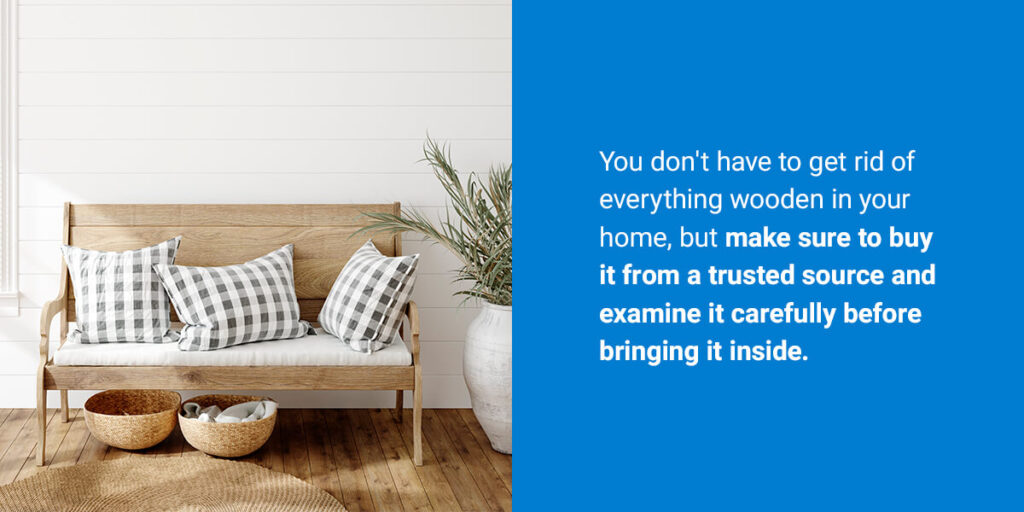
Old or salvaged wood pieces are also a common seating trend that can present risks to homeowners. From wood paneling to wooden furniture, you can find this material in houses across the world.
However, the use of wood presents many risks for your home. For instance, seats with old wood are very dry and might contain lead paint. Before you decide to bring an aged wood seat into your home, make sure to thoroughly inspect it.
These are some other dangers of using wood:
You don’t have to get rid of everything wooden in your home, but make sure to buy it from a trusted source and examine it carefully before bringing it inside. A careful inspection could prevent further risks.
David Pope Insurance is the company you can trust for the protection of your family in Missouri. We are always looking for better, more advanced ways to get our customers the coverage they need. We aim to make the process as simple and stress-free as possible while finding coverage that works for your budget. Every customer has different needs for home insurance, and as a family-owned provider, we can dedicate the time needed to understand your situation and find the right solution for you.
When you choose David Pope Insurance, you can discover what options are available to you fast and find a great policy at an affordable premium. We know our customers’ time is valuable, so we will have your quote in a matter of hours. If you need home insurance in Missouri, contact us at David Pope Insurance.

Updated July 22nd, 2022